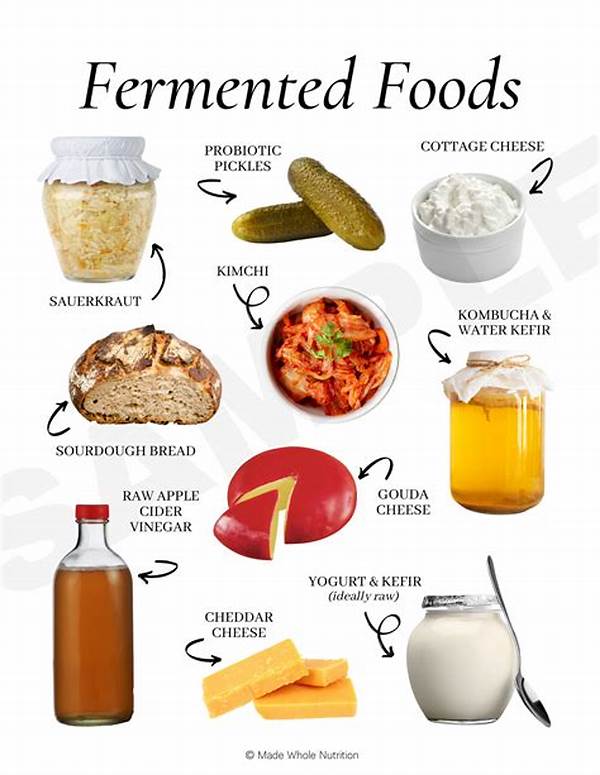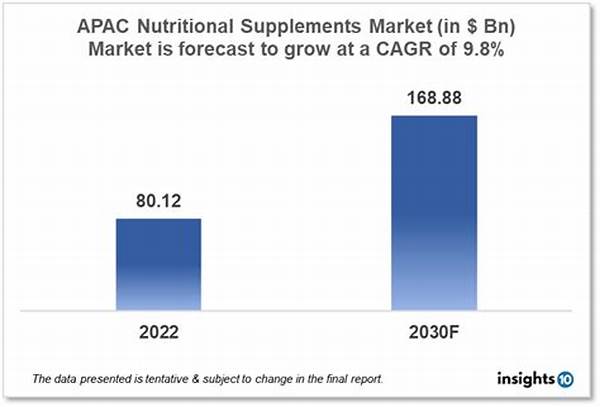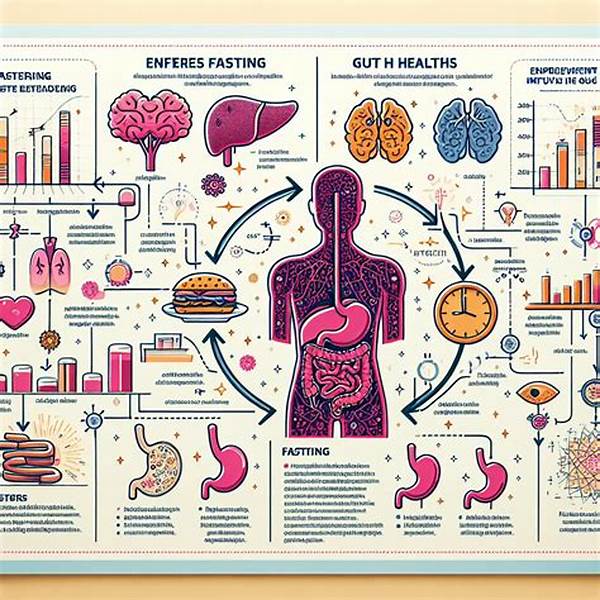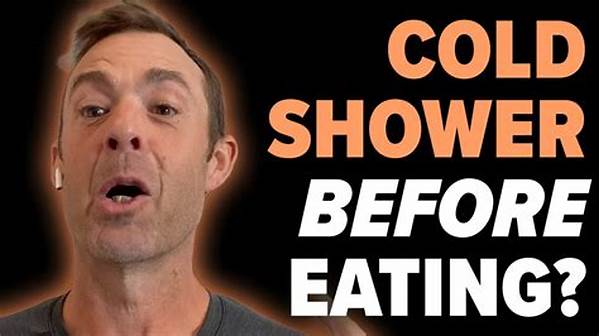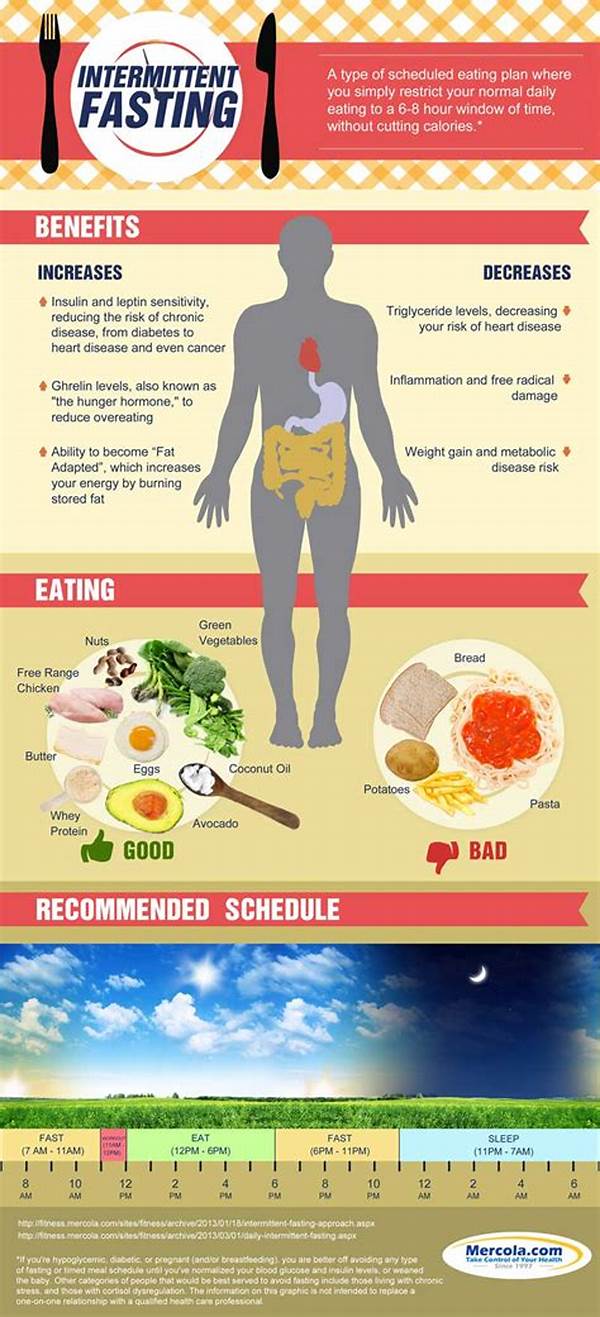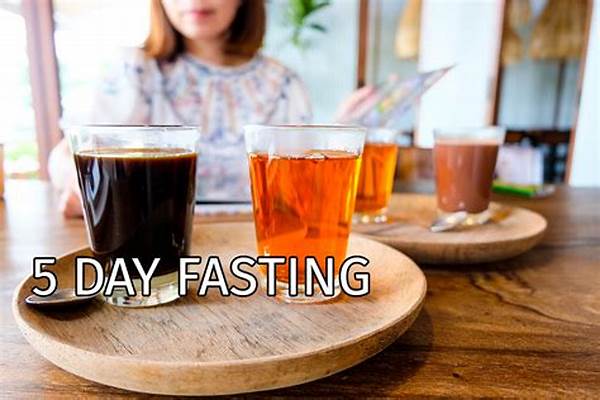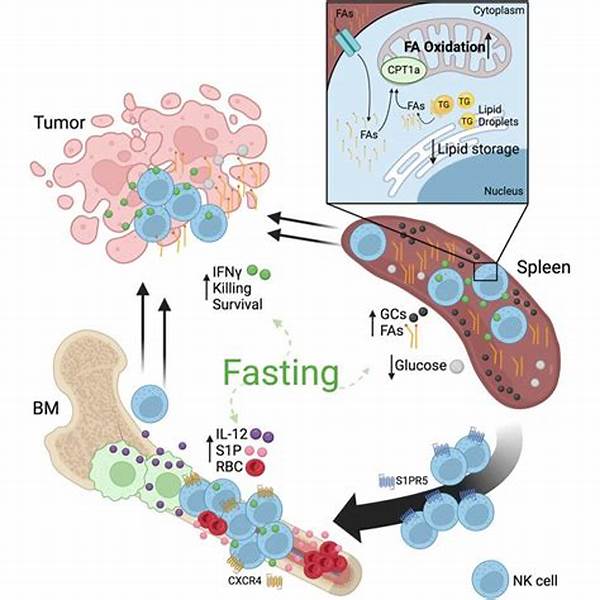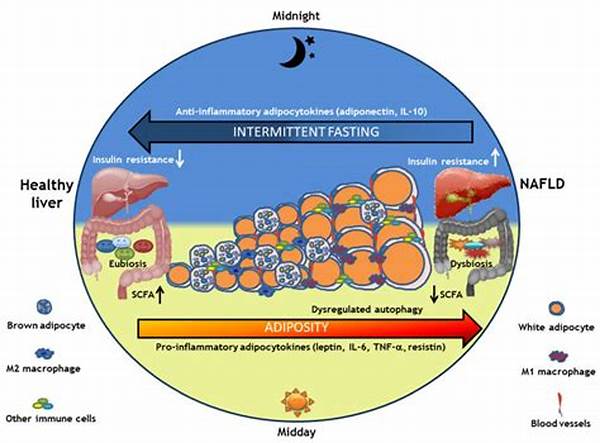Certainly! Here is an article crafted in the specified format.
Read More : Fasting Trends To Watch In 2025 And Beyond
—
Once limited to spiritual and religious practices, fasting has evolved into a lifestyle trend that’s gaining unstoppable momentum among Gen Z and Millennials. The phenomenon known as intermittent fasting is not just a concept but a full-blown culture. It’s as indispensable now as avocado toast or pumpkin spice lattes. But why has this ancient practice suddenly gripped the attention of these youthful generations? Let’s take an enticing journey through the myriad layers of fasting’s newfound popularity, peppered with humor, stats, and storytelling, while we analyze and interpret its essence through various lenses.
In a world driven by instant gratification, immediate communication, and perpetual busyness, the concept of pausing to refrain from food might sound counterintuitive. Yet, it’s precisely this defiance of modern norms that makes fasting appear so appealing. Fast-forward to an average day of a Young Millennial: a mix of zoom calls, editing TikTok videos, and brainstorming for the next viral meme. Amidst this whirlwind, fasting offers a retreat—a structured moment of stillness and contemplation—a journey into clarity and focus, much like a surgical strike on chaos.
The Social Media Fast-traction
Cluttered social network feeds are roping in more content featuring fasting marvels. Testimonials of gleaming skin, toned physicques, and mental agility populate handles, driving interest to a feverish pitch. Memes? You bet. Gone are the days when fasting was associated solely with gaunt hermits; now, it’s featured alongside witty jokes infusing humor into health discussions: “Can’t text back, I’m too busy fasting!”
Moving forward, marketers have been astute enough to cash in on this trend. Offering fasting-related apps, supplements, and workshops, businesses aim to make fasting as ubiquitous as an Instagram filter. But beneath the glitz lies genuine intrigue.
—
Why Are Gen Z and Millennials So Obsessed?
It’s not just a passing fad for these generations, and as fasting’s popularity surges among Gen Z and Millennials, there’s substantial rationale driving this obsession. Let’s dissect the underlying motivations:
To begin with, wellness is the new wealth. Economic instability and relentless competition have one constant—your body. In this light, wellness-centric routines become acts of empowerment, and fasting fits snugly into this narrative. With research streaming in about longevity and health benefits, fasting seems like an investment for your future self—a future where disease and obesity aren’t housemates rent-free in your body.
Moreover, data-rich content and influencer endorsement have led this phenomenon to remarkable peaks. A detailed analysis suggests that significant global influence is derived directly from public figures like fitness bloggers who swear by their fasting experiences. By joining this bandwagon, users not only tap into an exclusive club but also feel the allure of being part of a larger health-conscious community.
The Psychological Rewards
The psychological benefits can’t be understated as fasting’s popularity surges among Gen Z and Millennials. Imagine a platform where you gain not just physical results but mental triumph over your most primal urges! It’s the ultimate test of willpower wrapped in enticing narratives of self-discovery which resonates with audiences accustomed to quick wins but secretly craving depth.
Meditative Elements
Where does fasting transcend into metaphysical realms? The answer is simple: the meditative aspect. While apps are designed to track every heartbeat, fasting nudges practitioners into a moment of analogue serenity—an experience both Instagrammable yet deeply personal. This trend is a Teaser Trailer in the blockbuster of mindful practices.
—
Discussion Points on Fasting’s Popularity
—
The Essential Role of Community and Content
Fasting’s popularity surges among Gen Z and Millennials, backed by a profound understanding of community-based strength. Millennials and Gen Z thrive on powerful network connections that feature shared goals, peer endorsements, and a tactile sense of belongingness, all of which fasting uniquely offers.
Through platforms like Instagram and TikTok, fasting is not just an individual pursuit but a collective wave of change that spreads effortlessly with every scroll. Influencers are cornerstones, wielding the influence to pivot trends overnight with the right combination of charisma and advocacy. This has defied traditional selling methods, making fasting not just a practice but a lifestyle deeply entrenched in digital ethos.
Another dimension is the role technology plays in personal fasting journeys. Imagine this: An app nudges you, reminds you of your fasting window, offers community insights, and cheers you on to continue as you break your fast. It’s as if your phone has transformed into a pocket-sized nutritionist and cheerleader.
Investigating Health Impacts
New research continuously streams from labs worldwide analyzing fasting’s intricate benefits. With so many narratives, the young and restless need clarity. Some ultramodern studies indicate fasting reduces risks associated with chronic illnesses. Herein lies a dual opportunity: revitalization and disease prevention, two cornerstones of modern health priorities.
—
Short Explanations on Fasting’s Trend
Captivating Quest: Gen Z, Millennials, and Fasting
Enveloped in screens, technology, and limitless information, the young adult demographics often find themselves navigating uncharted territories. As fasting’s popularity surges among Gen Z and Millennials, it carves an unprecedented path through the terrains of health and social interaction. Layer upon this the novel concept of “window-eating,” the new compass for dietary planning.
In an amusing twist, grandma’s advice of just “don’t eat too late at night” now graces new-age fasting wisdom. Between memes, diet apps, and educational webinars, this resurgence recalls fasting’s ancient threads woven through the modern tapestry. There’s an irony, though: For generations experiencing life in the fast lane, embracing a period without food seems a curious choice. Yet, in this pause, many find a reprieve.
The ramifications of this trend are rippling through industries. For context, a statistical overview reveals the market for intermittent fasting apps has expanded significantly over the past few years. Companies may hire Gen Zers advocating wellness to front this movement, their voices resonating authenticity.
Promoting Holistic Wellbeing
It’s crucial to understand that this resurgence isn’t a fleeting Instagram Reels #Challenge, but a significant shift in health consciousness. While older generations scoff at online challenges, young audiences are discerning, valuating evidence and fake news with equal vigor using their skepticism as a filter for sustainable practices.
Conclusion
Delving deeper, it’s apparent that fasting’s popularity surges among Gen Z and millennials encompass much more than health benefits—they define a cultural era. In this medley of humor, apps, and hashtags, each fast not merely curbs hunger but fortifies a sense of global community, reaffirms health ambitions and resets ingrained habits. Whether fasting disappears into history or morphs into yet another adaption of its rooted practice, its impact reverberates across millennial life.
—
I hope this content meets your requirements! Let me know if you need any revisions.
